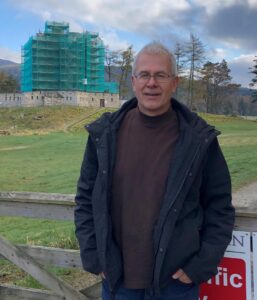
A journey to Scotland
We are where we come from.
I had the chance to experience that first-hand recently when my wife Sherry and I embarked upon a three-week journey to Scotland, the country where my great-great-great grandparents came from.
Home / WNA Member Content / Chris Hardie / Page 12

We are where we come from.
I had the chance to experience that first-hand recently when my wife Sherry and I embarked upon a three-week journey to Scotland, the country where my great-great-great grandparents came from.
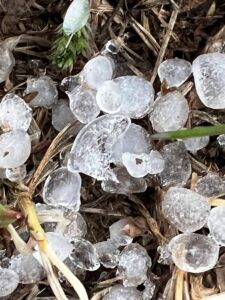
Our topsy-turvy spring weather so far this year has not inspired ambitions of gardening, but the show must go on.
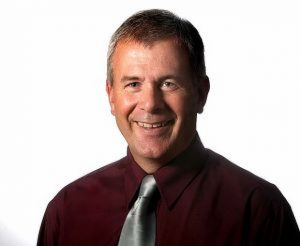
I’ve written before about the work ethic of farmers and how growing up on a dairy farm molded and shaped me.
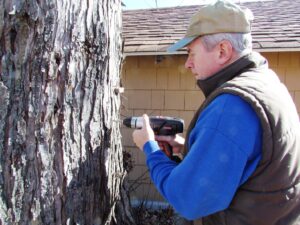
Moving back to the country 16 years ago brought me back to many tasks and chores I experienced as a farm kid, but it also gave us the chance to try some new activities.
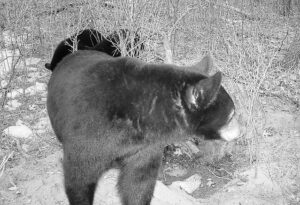
Even when the icy grip of winter keeps holding on, there are signs of spring around us. One sign of spring in the woods is the waking up of the bears.
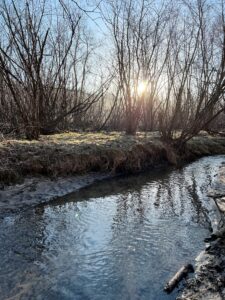
For Chris Hardie, it’s the rare quiet times in between the rush that stand out from the noise. The waning hours of winter on the first day of spring was one of those quiet times, a chance to take in fresh air, solitude and imagine the spring that is to come.
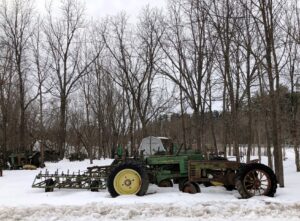
The coming spring always brings fresh hope and optimism, but with planting season just around the corner, there are plenty of challenges facing farmers.
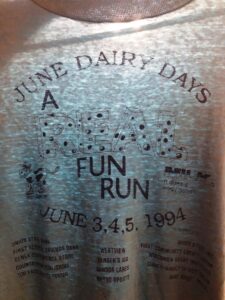
Chris Hardie’s recent column about wearing clothes until they fall apart found favor with some regular readers. Apparently, the desire for form over fashion and frugality over fineness isn’t just his dressing domain.
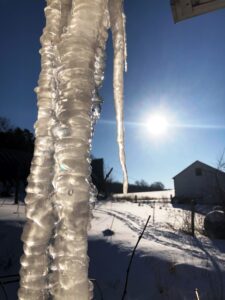
We live in a part of the world where they are pretty commonplace, but icicles rarely occur in nature with the exception of areas in cooler climates around waterfalls or during severe ice storms.
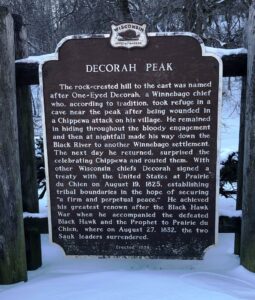
History and geology sometimes come together to tell fascinating stories, such as the rocky outcrop just outside of Galesville known as Decorah Peak.